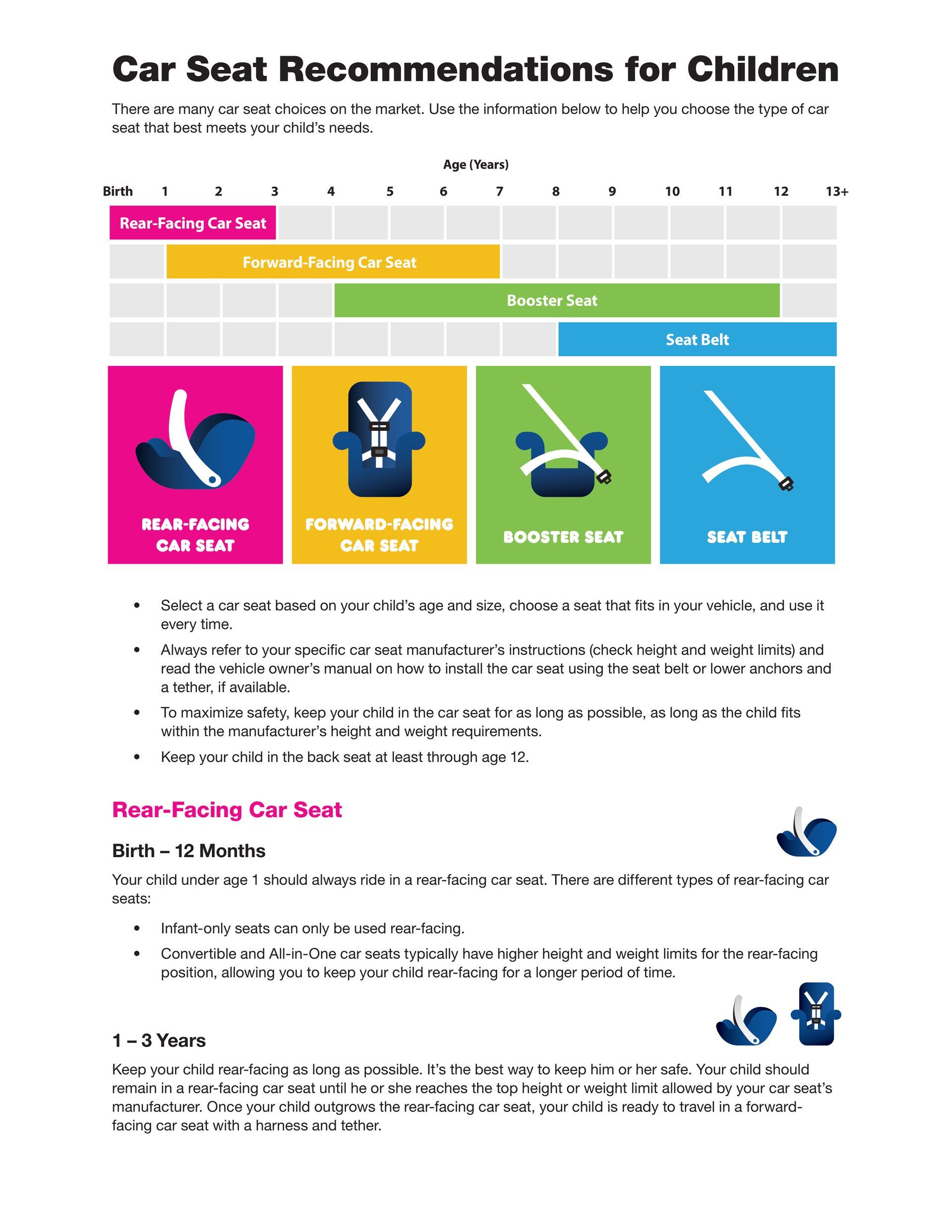August 2024
8/23/2024
Dear Amazing Centennial Valley Pediatrics Patients and Families,
We hope this email finds you all healthy and well!
School has resumed for many of you, and hopefully you're starting to settle in to the swing of things. In this email, you'll find some tips to help have a great year!
You will also find information on pertussis, or whooping cough.
We also have Safety Corner, Gentle Reminders, and more, so.....
Read on!
Back to School!

Back to school is an exciting time! But it can also be stressful and unpleasant if you and your child are having a hard time adjusting to the new schedule and expectations.
Here are some tips to help!
- Develop a healthy sleep routine.
- Set a consistent bedtime for your child and stick with it every night. Getting enough sleep is critical for kids to stay healthy and be successful in school. Not getting enough sleep is linked with lower academic achievement, as well as higher rates of absenteeism and tardiness. (See Healthy Sleep Habits: How Many Hours Does Your Child Need?)
- Create a bedtime routine that is consistent to help your child settle down and fall asleep. For example, a calming pre-bedtime routine may involve a bath/shower, reading with them, tucking them in and saying goodnight. Older children might read, draw, or listen to calming music for 30-60 minutes to help them wind down.
- Have your child turn off electronic devices well before bedtime--at least 1 hour before. Electronics (including cell phones) should not be kept in the bedroom.
- Provide healthy food during the school day.
- Children who eat a nutritious breakfast function better. They do better in school, and have better concentration and more energy. Some schools provide breakfast for children; if yours does not, make sure they eat a breakfast that contains some protein. If your child does not have time to eat, send them to school with a grab and go snack like a granola bar, cheese stick, apple/banana, etc.
- Plan balanced meals and snacks to provide energy throughout the day. Send fruit, vegetables, proteins, and healthy fats. Some good options are: apples, bananas, grapes, baby carrots, cucumber slices, snap peas, chicken slices, string cheese, hardboiled eggs, low sugar yogurts.
- Choose healthier beverage options such as water or low fat milk to send in your child's lunch. A 12-ounce soft drink contains approximately 10 teaspoons of sugar and 150 calories. Drinking just one can of soda a day increases a child's risk of obesity by 60%
- Support good homework & study habits.
- Some children need extra help organizing their homework. Checklists, timers, and parental supervision can help overcome homework problems.
- Create an environment that is homework-friendly starting at a young age. Children need a consistent workspace in their bedroom or another part of the home that is quiet, without distractions, and promotes study.
- Schedule ample time for homework. Build this time into choices about participating in after school activities.
- Establish a household rule that the TV and other electronic distractions stay off during homework time. Supervise computer and internet use.
- If your child is struggling with a particular subject, speak with their teacher for recommendations on how to help your child at home or at school. If you have concerns about the assignments your child is receiving, talk with their teacher
- Keep Physically Active
- Encourage daily physical activity to keep children active and focused--organized sports, PE, bike riding, or just running around with your dog all count!
- Be Involved
- Meet the Teachers: Attend orientation meetings and get to know the teachers.
- Stay Informed: Keep up with school communications and stay involved in your child's school activities
- Volunteer: Offer to volunteer at school events or in the classroom if possible. Volunteering is a great way to be involved at school, and it fosters a strong school community.
Pertussis (Whooping Cough)
Pertussis is a very contagious, very serious, respiratory disease. It is endemic in the US (meaning it is always here). Thousands of cases are reported each year, and this year, there are 4 times as many cases as last year.
Pertussis is characterized by a severe cough--the person has terrible coughing fits, called paroxysms, which are often (but not always) associated with a "whoop" noise as the person struggles to catch their breath after a coughing fit. The person can feel like they are suffocating, can vomit (sometimes many, many times/day), and can even break ribs due to the force of the coughing. These paroxysms are very scary to experience and to witness. This cough can last from several weeks, up to 3 months, which is why pertussis is known as the "100 day cough."
***Very young babies may not show these signs--they may actually stop breathing and turn blue, called apnea, or they may show signs of respiratory distress.***
Whooping cough can cause serious, even deadly complications, particularly in babies under 1yr. Most babies
who contract pertussis end up in the hospital for some period of time. Hospitalized babies can have:
- Apnea (stop breathing): 66%
- Pneumonia (lung infection, which sometimes requires them to be on a ventilator): 22%
- Seizures: 2%
- Encephalopathy (brain infection): 0.6%
- Death (1%)
Older children and adults will usually not have these serious complications, but they can develop cough paroxysms, which make them miserable for weeks before they finally improve. However, the paroxysms can recur with subsequent respiratory illnesses.
Is it preventable? Mostly, yes, but not completely.
Vaccination against pertussis is the best protection for your child. Babies get vaccinated with DtaP at 2,4,6, and 15 months, and school children get booster doses at 4-5yrs and again at 10-11 yrs (Tdap). So aren't they protected? Pertussis vaccines work well, but unfortunately, no vaccine is perfect, so even vaccinated people can get pertussis. Immunity also wanes over several years, so you are less protected the further out from a vaccine you are.
Is it treatable? Yes and no.
Pertussis can be treated with antibiotics, but the earlier the better. This can decrease the severity of the illness, and make the paroxysmal stage less likely/lighter. But after three weeks of illness, antibiotics won't help at all. By then, the infection is gone (the bacteria aren't in the body any longer), even though the terrible cough continues. The ongoing symptoms are due to airway damage, which takes time to fully heal. There is really nothing to help the paroxysms--they don't respond to cough suppressants, inhalers, steroids, etc. Time is the only thing that helps.
What can you do?
- Keep your child up to date on their vaccines. If you haven't chosen to vaccinate your child, or if they don't have the recommended number of doses for their age, it is not too late! Call us to get them started/caught up right away.
- If your child is 10-11 yrs old, and hasn't had a Tdap vaccine, they can get that booster dose now--they don't need to wait until their check up. Call to schedule.
- See us quickly if your child develop paroxysms as described above, EVEN IF THEY HAVE BEEN VACCINATED.
- If your baby seems to be having trouble breathing, see us immediately, or go to the ER. If they have apnea events, they need to go to the ER.
- If your child has been exposed to pertussis, and develops cold symptoms (don't wait for the paroxysm stage), see us for testing and starting treatment.
Click here for more information from the CDC on pertussis.

Gentle Reminders:
Please, PLEASE, check and DOUBLE CHECK the reminder that you get for your appointments. The
office location is in this reminder. Remember, we have two locations. If you come to the wrong location for your appointment, you will likely not be able to be seen and will have to reschedule. We cannot just squeeze you in to a schedule you are not on, and you will be much too late if you try to go to the other office. We truly regret turning anyone away, but it is not fair to the rest of the scheduled patients to see you late and make everyone else late as well. We know how frustrating this would be for you, so please, PLEASE be sure you know which office your appointment is scheduled in.
It's also very important to arrive at least 10 minutes early for appointments. There is usually paperwork to be filled out. In the case of infant/toddler, and teenage check ups, there is usually a LOT of paperwork to fill out. We really want to give you the full time of your appointment, but we can't if you are filling out paperwork for half of it.
Thank you!!
Safety Corner
Car seat, booster seat, front-facing, rear-facing--what seat should my child be in?? Front seat yet? Never fear! We have answers from the National Highway Traffic Safety Administration (NHTSA).


AdventHealth Avista is having a car seat safety event, in case you still need help, or want to make sure your seat is installed correctly


Attention Medicaid Patients:
Did you know you can earn rewards for just coming to your regular well child check ups?
CCHA’s Healthy Rewards Program allows you to earn reward dollars for completing healthy activities like attending health care appointments. Healthy Rewards helps you stay motivated and empowered to make healthy choices and stay up to date with important personal health milestones for your child.
Click here for more information on the Healthy Rewards Program.

We love and appreciate our patients and families! Stay safe and healthy!
Love, Centennial Valley Pediatrics Providers and Staff
